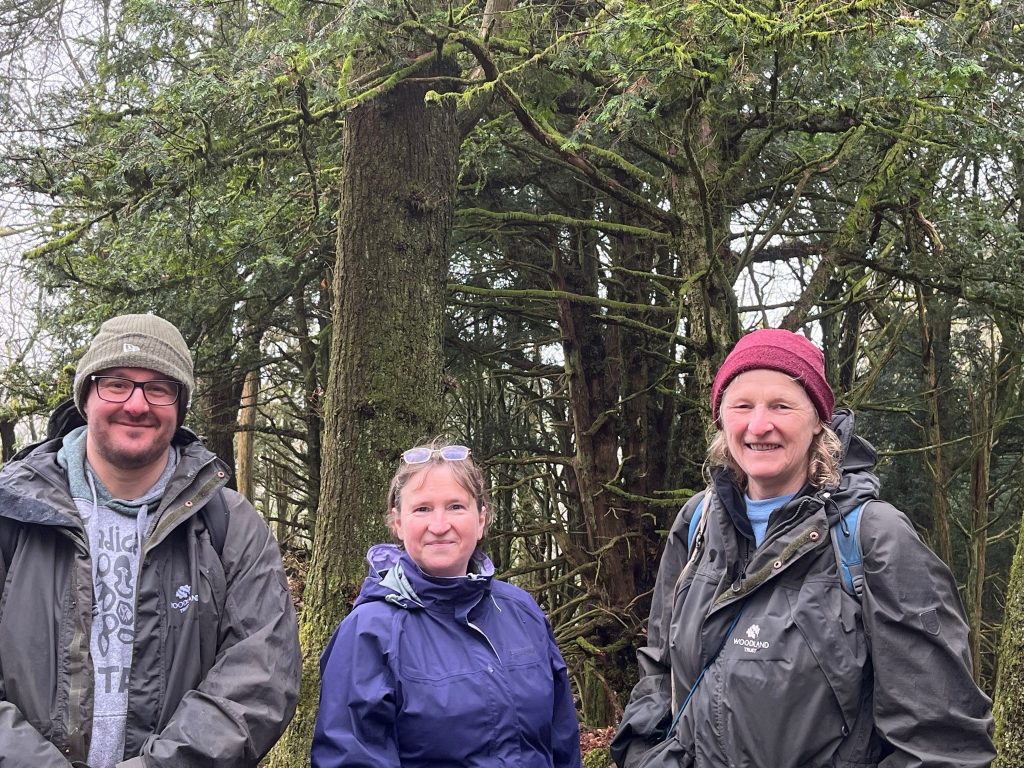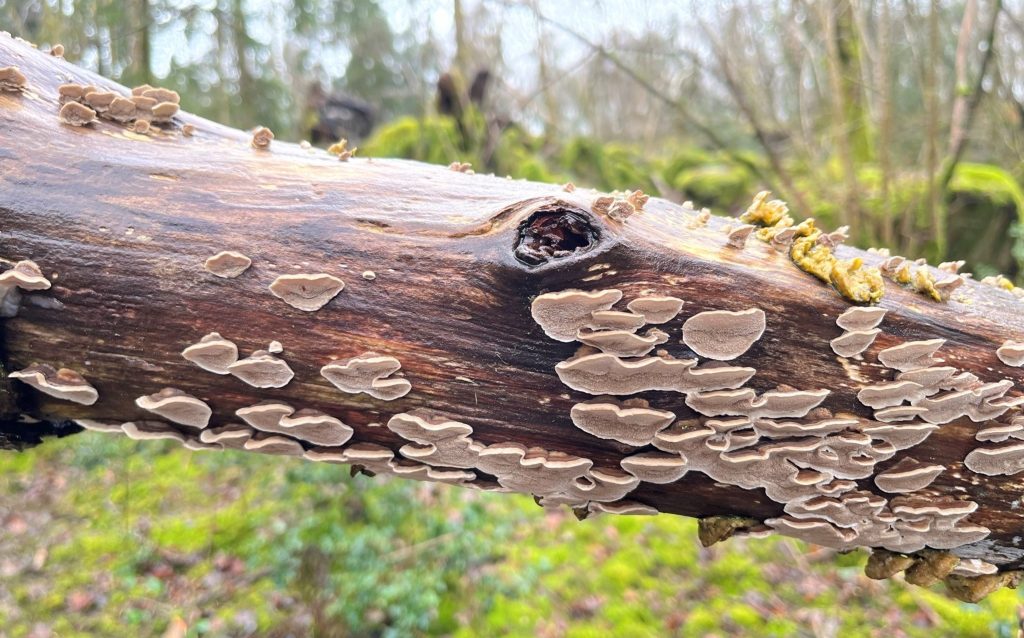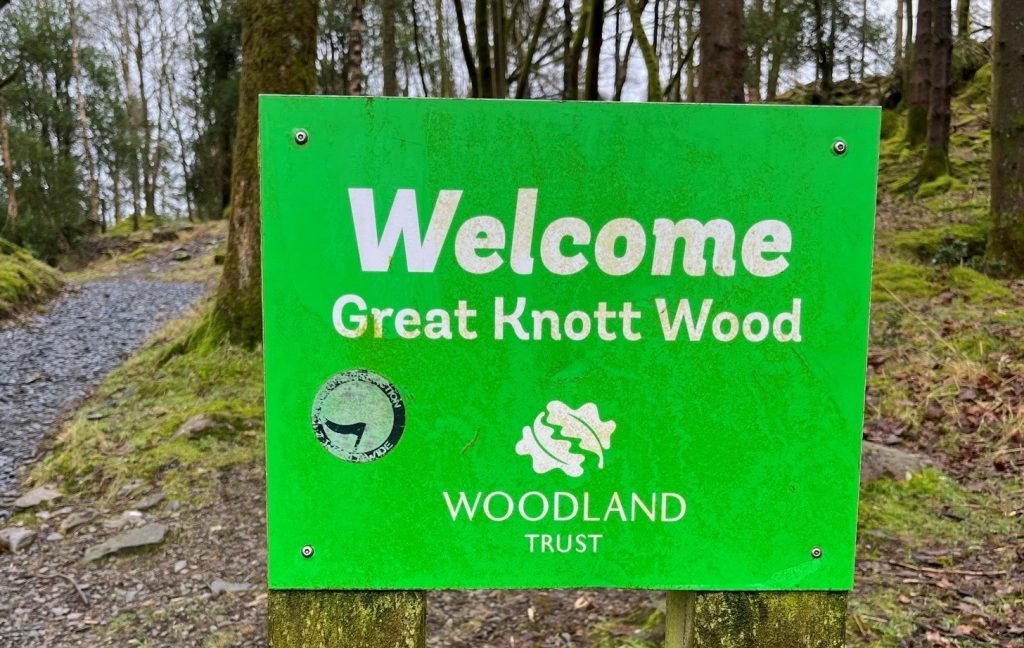For each peer review that is completed for one of our journals, a piece of ancient woodland is protected within Great Knott Wood, overlooking Lake Windermere. This site is managed and maintained by the Woodland Trust.
This ancient woodland is situated within the Lake District National Park. The site was acquired by the Woodland Trust in 2004 but has been a woodland for centuries. Over time the forest has suffered severely from environmental damage, including several big storms that have brought down a large number of trees.

Human interaction has not always been beneficial either. In the 1950s, a large proportion of native trees were cut and non-native conifers were introduced. Planted mainly for the purpose of Christmas trees and timber, many of the spruce were never harvested and have crowded out remaining native trees, damaging the wildlife. The Woodland Trust is working hard to restore this important site, making sure restoration is done in a gradual and responsible manner. The Company of Biologists is funding both preservation and restoration efforts within the wood.
Flora on this ancient site are incredibly varied, including bluebells, wild garlic and wood anemone. Wildlife spotted in this ancient woodland include deer, red squirrels and woodpeckers.
Ancient woodlands are some of the rarest and most biodiverse habitats in the UK and home to more threatened species than any other terrestrial habitat in the country. Restoration efforts include the protection of veteran trees and deadwood, removal of non-native species, and the gradual thinning of the canopy to carefully increase light levels. Together these activities will help counteract biodiversity loss and protect these habitats for future generations.

Biodiversity

Preservation of ancient woodland goes far beyond the protection and restoration of trees, and also has far-reaching positive implications for wildlife, plants and fungi.
Visiting this site

Great Knott Wood is generally open to the public. However, accessibility is dependent on the works that are ongoing – sections have to be closed off at times to be able to carry out restoration works.

